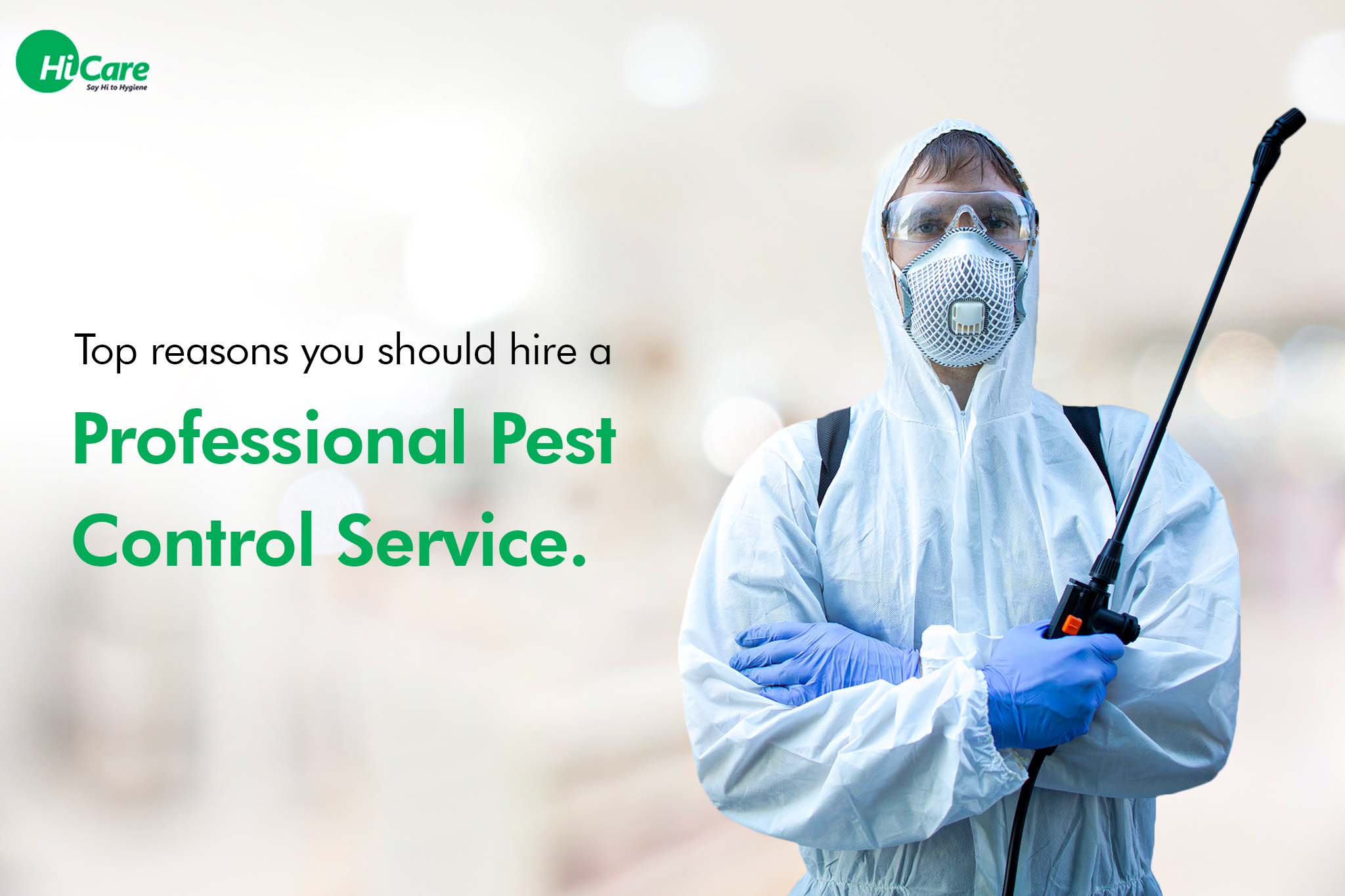Bed Pest Therapy Failure: Comparing Chemical Vs. Non-Chemical Solutions
In the realm of parasite control, especially when handling the relentless issue of bed insects, the selection between chemical and non-chemical therapy solutions can be an essential one. Both strategies provide distinct advantages and downsides, influencing variables such as efficiency, safety and security considerations, and general expense. By analyzing the nuanced information of each approach, a more clear understanding of which course to go after in dealing with a bed pest problem can be attained.
Efficiency of Chemical Treatments
Chemical treatments for bed pest infestations have been commonly acknowledged for their powerful and fast effectiveness in eliminating these insects. When thinking about the effectiveness of chemical therapies, it is vital to understand that they can provide a detailed and fast solution to a bed insect problem.
In addition, chemical treatments have the benefit of providing recurring results, implying that they can continue to get rid of bed insects also after the initial application. This residual activity is especially useful in combating any possible re-infestations. Furthermore, the quick action of chemical therapies can bring alleviation to people facing serious bed pest invasions, enabling them to restore control of their home swiftly.
Safety And Security Concerns With Chemical Solutions
One crucial aspect that needs mindful factor to consider when utilizing chemical services for bed insect treatment is making sure the safety and security of occupants and the environment. While chemical therapies can be effective in eradicating bed bugs, they might present threats if not dealt with properly. Among the primary security interest in chemical options is the possible injury they can trigger to human health and wellness. Exposure to certain chemicals used in bed bug therapies can bring about breathing concerns, skin irritation, or various other negative reactions, especially in people with pre-existing problems or level of sensitivities. Furthermore, inappropriate application or dose of chemical pesticides can cause harmful residues sticking around in the cured location, presenting long-term health risks to passengers.
Moreover, the ecological effect of chemical solutions is one more significant factor to consider. Some pesticides made use of in bed insect treatments may be harmful to valuable insects, wild animals, and communities if they seep into the soil or water supply. It is vital to utilize chemical therapies judiciously, following security guidelines, and taking into consideration less hazardous choices to mitigate these dangers and make sure the secure and reliable administration of bed pest infestations.
Benefits of Non-Chemical Techniques
Thinking about the potential safety worries and ecological impact related to chemical solutions for bed bug treatment, checking out non-chemical strategies provides an appealing option with a number of distinctive advantages. Non-chemical methods provide a much safer alternative for families, especially those with youngsters, pet dogs, or people conscious harsh check chemicals. These strategies get rid of the threats of exposure to hazardous materials, reducing the possibility for negative health results. Moreover, non-chemical treatments are eco-friendly, as they do not add to air or water contamination, making them a lasting option for pest control.
Furthermore, non-chemical options can be effective in targeting bed pests, including hard-to-reach areas where chemical treatments might not pass through - A1 charlotte pest control companies. Techniques such as warmth therapy, vacuuming, vapor cleansing, and cushion coverings provide detailed obliteration without the use of dangerous chemicals.
Limitations of Non-Chemical Treatments

Furthermore, non-chemical treatments commonly require several applications to accomplish successful obliteration. This can be lengthy and might not constantly ensure complete elimination of all bed pests and their eggs, particularly in surprise or hard-to-reach locations.
In addition, the success of non-chemical therapies heavily depends on proper application and thoroughness, which can be challenging for individuals without professional knowledge. Insufficient application of non-chemical methods may cause incomplete removal, leading to relentless problems and the requirement for additional therapies.
Consequently, while non-chemical therapies have their benefits, it is important to acknowledge these limitations and consider them when figuring out the most efficient strategy for handling bed pest infestations.
Price Comparison: Chemical Vs. Non-Chemical Options
Offered the limitations related read here to non-chemical treatments, a vital facet to review in the context of bed bug administration is the expense contrast in between chemical and non-chemical choices. Chemical therapies normally involve the application of pesticides by professionals, which can vary from $250 to $900 per space, depending on the seriousness of the invasion and the dimension of the area to be treated. In contrast, non-chemical therapies like warmth treatment or heavy steam can be more expensive, with costs varying from $1,000 to $6,000 for a whole home. While the initial cost of chemical therapies may seem lower, numerous therapies may be called for to totally remove the invasion, possibly enhancing the total expense. On the various other hand, non-chemical alternatives might provide a much more lasting and environment-friendly solution, although they can be cost-prohibitive for some individuals. Eventually, when taking into consideration the cost of bed pest treatment choices, it is necessary to weigh the ahead of time costs against the performance and long-lasting sustainability of the chosen approach.
Verdict

Thinking about the prospective security issues and ecological influence linked with chemical remedies for bed insect treatment, exploring non-chemical techniques offers an encouraging choice with a number of distinctive benefits.Given the limitations connected with Read Full Report non-chemical treatments, an important aspect to evaluate in the context of bed pest management is the expense contrast between chemical and non-chemical alternatives. In contrast, non-chemical therapies like warmth therapy or steam can be a lot more pricey, with expenses ranging from $1,000 to $6,000 for an entire home. While the preliminary expense of chemical treatments may appear lower, numerous therapies might be needed to fully eliminate the problem, possibly raising the total cost.In final thought, when contrasting chemical and non-chemical bed pest therapy options, it is important to take into consideration performance, security, advantages, limitations, and cost.